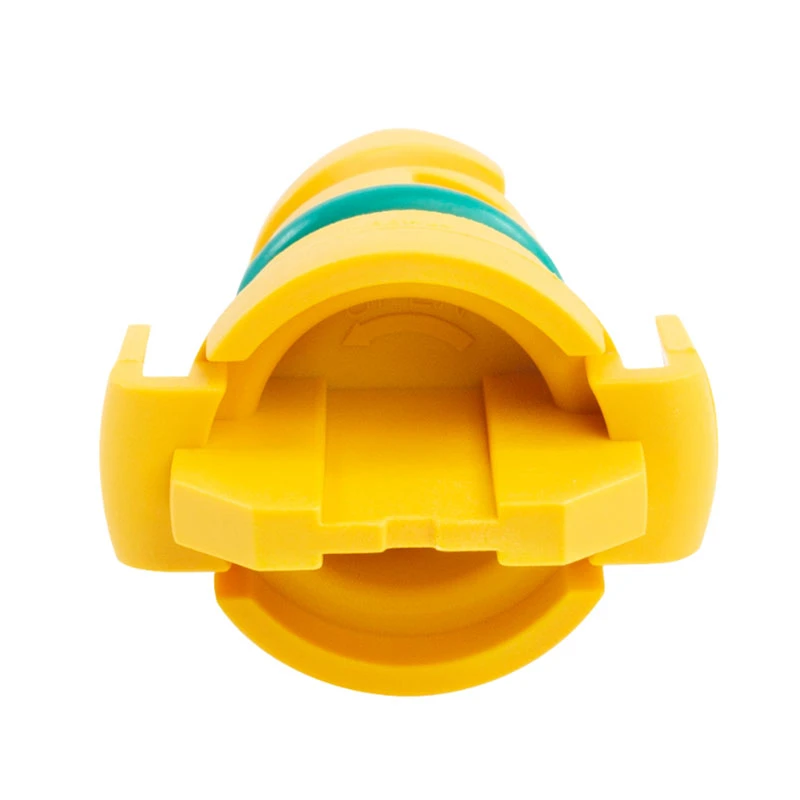compressor shaft seal
Understanding Compressor Shaft Seals Importance, Types, and Maintenance
In various industrial applications, compressors play a critical role in ensuring smooth operations. Whether in refrigeration systems, air conditioning units, or gas compression systems, they compress gases to increase their pressure and facilitate various processes. However, to maintain the efficiency of these machines, a key component must perform flawlessly the compressor shaft seal.
What is a Compressor Shaft Seal?
A compressor shaft seal is a device that prevents gas from leaking along the rotating shaft of a compressor. This seal is crucial as it maintains the pressure within the compressor while protecting the internal components from contaminants like dirt, moisture, and other foreign particles. A well-functioning shaft seal ensures energy efficiency, minimizes operational costs, and extends the lifespan of the compressor.
The Importance of Compressor Shaft Seals
1. Preventing Gas Leakage One of the primary functions of shaft seals is to prevent the escape of compressed gas. Any leakage can lead to a significant drop in efficiency, increased energy consumption, and higher operational costs. In processes where pressure is vital, a compromised seal can lead to catastrophic system failures.
2. Protecting Internal Components Shaft seals act as barriers against external contaminants. Without adequate sealing, dust, dirt, and moisture can enter the compressor, potentially causing severe damage to the internal components. This protection helps in maintaining the integrity of the compressor and reduces the need for frequent replacements or repairs.
3. Safety In cases where hazardous gases are being compressed, the integrity of the shaft seal is critical for safety. A leakage could pose serious risks not only to the equipment but also to personnel working in the vicinity. Effective sealing mechanisms mitigate such hazards.
4. Environmental Considerations Environmental regulations often require strict adherence to emission standards. Efficient shaft seals play a vital role in minimizing fugitive emissions, thus helping companies comply with environmental laws and contributing to a more sustainable operation.
Types of Compressor Shaft Seals
Several types of shaft seals are employed in compressors, each suited for specific applications
1. Mechanical Seals These consist of two flat surfaces that are held together by a spring or other mechanism. They provide a dynamic seal that can handle high pressures and temperatures, making them suitable for many industrial applications.
compressor shaft seal

2. Packing Seals Often used in lower-speed applications, packing seals consist of braided material that acts as a barrier against gas leakage. They are relatively easy to install and replace, making them a cost-effective option for some compressors.
3. Lip Seals Also known as oil seals, lip seals consist of a flexible rubber lip that fits tightly around the shaft. They are excellent for applications involving rotary motion and can effectively prevent leakage while allowing for some axial movement.
4. Gland Seals These are a more traditional option, where materials are pressed against the shaft to create a seal. They are commonly used in older machinery and applications requiring a robust solution.
Maintenance of Compressor Shaft Seals
Proper maintenance is essential for ensuring the longevity and performance of compressor shaft seals. Here are some key maintenance practices
1. Regular Inspection Conduct frequent inspections to identify any signs of wear or damage. Look for cracks, deformation, or discoloration in the seals that may indicate a need for replacement.
2. Monitoring Operating Conditions Keeping track of operating conditions such as temperature and pressure can help in assessing the performance of the seals. Deviations from normal operating conditions may signal issues that need addressing.
3. Lubrication Ensure that lubricants are applied appropriately. Proper lubrication can reduce friction and wear on the seals, prolonging their life and improving performance.
4. Prompt Replacement If leaks are detected, it is crucial to replace the seals promptly to prevent further damage to the compressor or associated systems.
Conclusion
Compressor shaft seals are vital components essential for the efficiency, safety, and longevity of compressors. Understanding their importance, the types available, and the necessity of proper maintenance helps in optimizing compressor performance and minimizing operational costs. In any industrial or commercial setting, investing time and resources into the upkeep of these seals can lead to significant returns in terms of both efficiency and safety. In a world where the demand for energy-efficient operations continues to grow, ensuring the integrity of compressor shaft seals is more critical than ever.
-
The Ultimate Guide to Car Repair Kits: Tools and Essentials Every Driver Should Own
News Aug.01,2025
-
The Complete Guide to Oil Pan Gaskets: Sealing Engine Leaks the Right Way
News Aug.01,2025
-
Preventing Oil Leaks: A Complete Guide to Oil Pan Gaskets and Drain Seals
News Aug.01,2025
-
Everything You Need to Know About Oil Pan Gaskets and Drain Plug Seals
News Aug.01,2025
-
Essential for Car Owners: How to Use a Car Repair Kit to Deal with Minor Breakdown
News Aug.01,2025
-
Comprehensive Guide to Engine Oil Sump Gaskets and Related Seals
News Aug.01,2025
-
The Ultimate Guide to Boat Propeller Bearings and Trailer Wheel Bearings
News Jul.31,2025
Products categories















